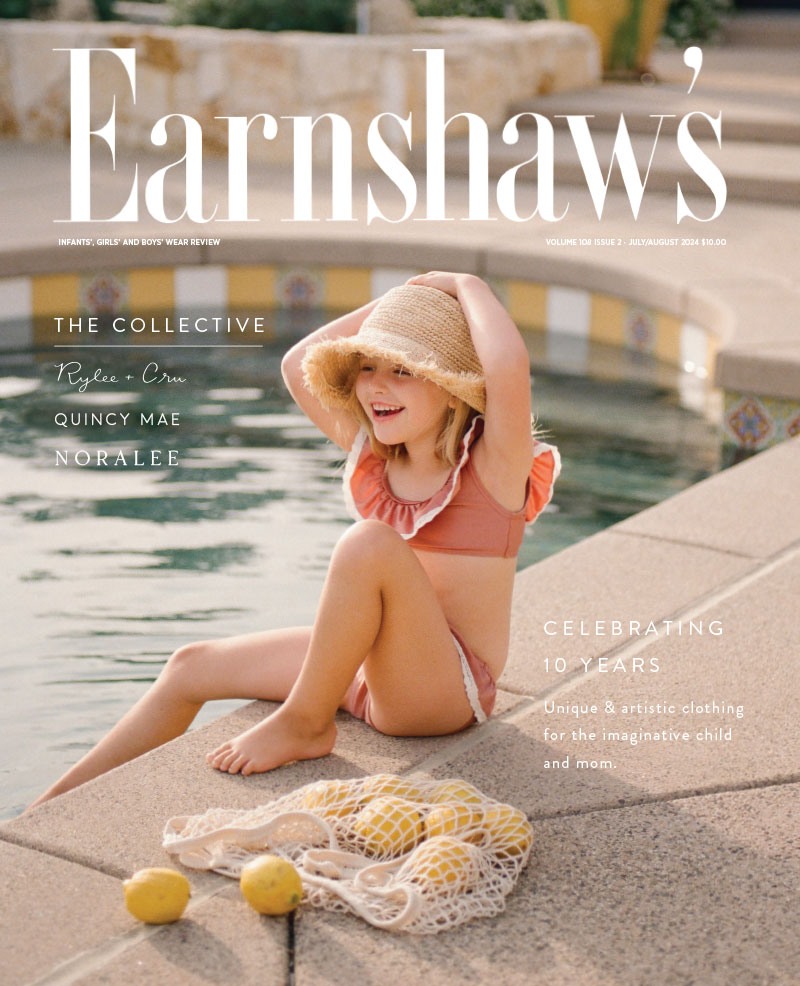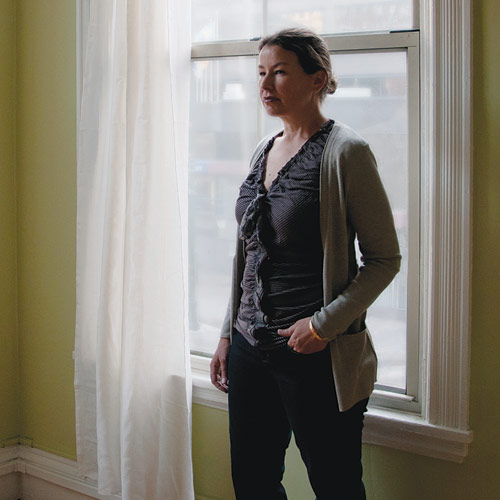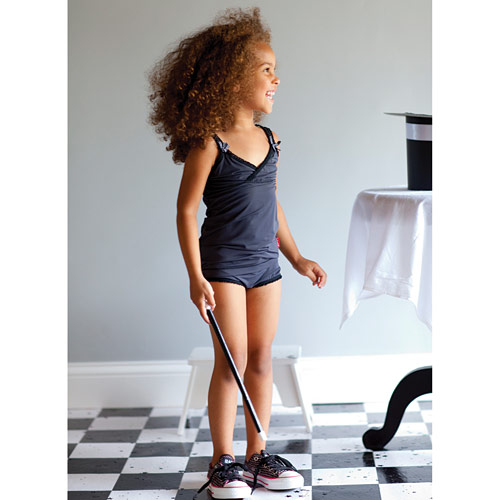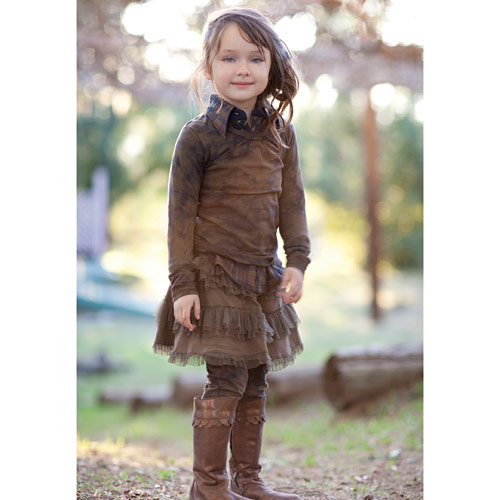“I have wandering feet,” Kelley Fitch, partner and CEO of Claesen’s USA, says. The 43-year-old executive has been importing and distributing Claesen’s to the American market for eight years now, and with a presence in more than 300 U.S. stores, Fitch is always contemplating her next move. Fitch, who was born in Chapel Hill, NC, […]
- Partner and CEO of Claesen’s USA
“I have wandering feet,” Kelley Fitch, partner and CEO of Claesen’s USA, says. The 43-year-old executive has been importing and distributing Claesen’s to the American market for eight years now, and with a presence in more than 300 U.S. stores, Fitch is always contemplating her next move.
Fitch, who was born in Chapel Hill, NC, and lived in Paris and Italy when she was young, developed a taste early on for the European sensibility in clothes. She remained in Chapel Hill as a young mother and has since relocated to Portland, ME. Upon the birth of her third child, she was inspired with a friend to open a store with affordable everyday clothes for kids. “My father had some [air] mileage built up and he urged us to go to a children’s trade fair in Europe to see what was interesting,” she says. “We flew to Brussels and saw a lot of brands that we liked. Some had been imported to the U.S. before, and some hadn’t.”
Excited to be back on European soil, Fitch decided to take a roadtrip from Brussels to Holland and make personal visits to brands she liked. En route to another vendor she gave Claesen’s a quick call to ensure they were savvy about exporting to the States. As Fitch remembers, “They said, ‘America Calling,’ when they answered the phone and invited us to come to their warehouse in Haarlem. We went and ended up staying through two meals. We really liked them: They were good people.” Clearly Fitch hit it off with husband-and-wife team Gerard and Debora Blaauw, and when she returned to the States, she decided not to open a store, but rather commit to one brand: Claesen’s.
Why Claesen’s?
I was attracted to the brand, and we were looking for an underwear line. A French family with whom I lived sent me Petit Bateau, which the kids and I loved. It was all but impossible to find those types of garments in North Carolina at the time. When I began with Claesen’s, it was a nice underwear line that was just beginning to expand into fashion. Now there are 300 to 350 pieces a season. Claesen’s has great quality and it’s designed in fun prints. But I’d say the main reason was I really liked the people behind it.
How did you first get the word out?
In 2003, we rented a 5-by-5 booth at ENK Children’s Club, but we didn’t have a rep yet. So we had this tiny booth and the boxes kept coming. We had no idea how much product we could show in that space; we were flowing out into the aisles. But we received great reception at the show.
Do you give design feedback to Debora about the mood of the U.S. market?
Yes. Everything is designed in Holland, but the market is really different in the U.S. in terms of colors and patterns and what is gender appropriate. Branding was overstated at one point, but now has toned down and the logo is incorporated into graphics. The last few collections have really stepped up—especially for boys. The girls’ [collection] was always strong. We have focused most recently on how CPSIA impacts styling issues, like no drawstrings, compliant inks, and so on.
How did the economy affect your business?
We’ve been around for eight years. We had been growing strong but were hit by the recession. Now we’re back on track to where we were before the dip. My sense is we’re coming out of it. The pricing is still great, despite the extra cost of testing and cotton pricing increases.
How has the rising cost of cotton impacted you?
It’s increased the cost of goods but also affected our cash flow because producers don’t want to get caught with the risk. We have to pay up front—20, 30, 40, 50 percent. No one likes paying more money. You get in a certain rhythm with cash flow, but now you have to make this advance at order time to make sure they have the raw materials at fixed prices.
Did you have to deal with currency volatility?
I always bought in dollars. When I first started, I went to a friend of my parents who has imported beautiful Italian plates for years, and she said, “Always get a U.S. dollar price—don’t buy in a foreign currency, and don’t do wholesale and retail.”
How is Holland different than America?
In Holland, school starts in September, so their big sales season is in August. When we deliver in August, it stretches the suppliers—they have to get it tested and get the tracking labels on quickly. We’ve had times when we’ve had to close orders before the major ENK show. And it’s a different business in the U.S. The Netherlands is so small; they only have four reps covering the whole country. Here, with only seven reps covering all the U.S., our marketing efforts—catalogs, e-blasts, trade fairs, showroom visibility, occasional advertising, Web presence—are all essential.
Any other unexpected differences?
Claesen’s underwear is almost all pre-packed in a set of two or three. But the undershirts come single. When I asked about it they said, in the Netherlands, you have to change your underpants once a day but your undershirt every two days.
—Jennifer Cattaui






Leave a Comment: